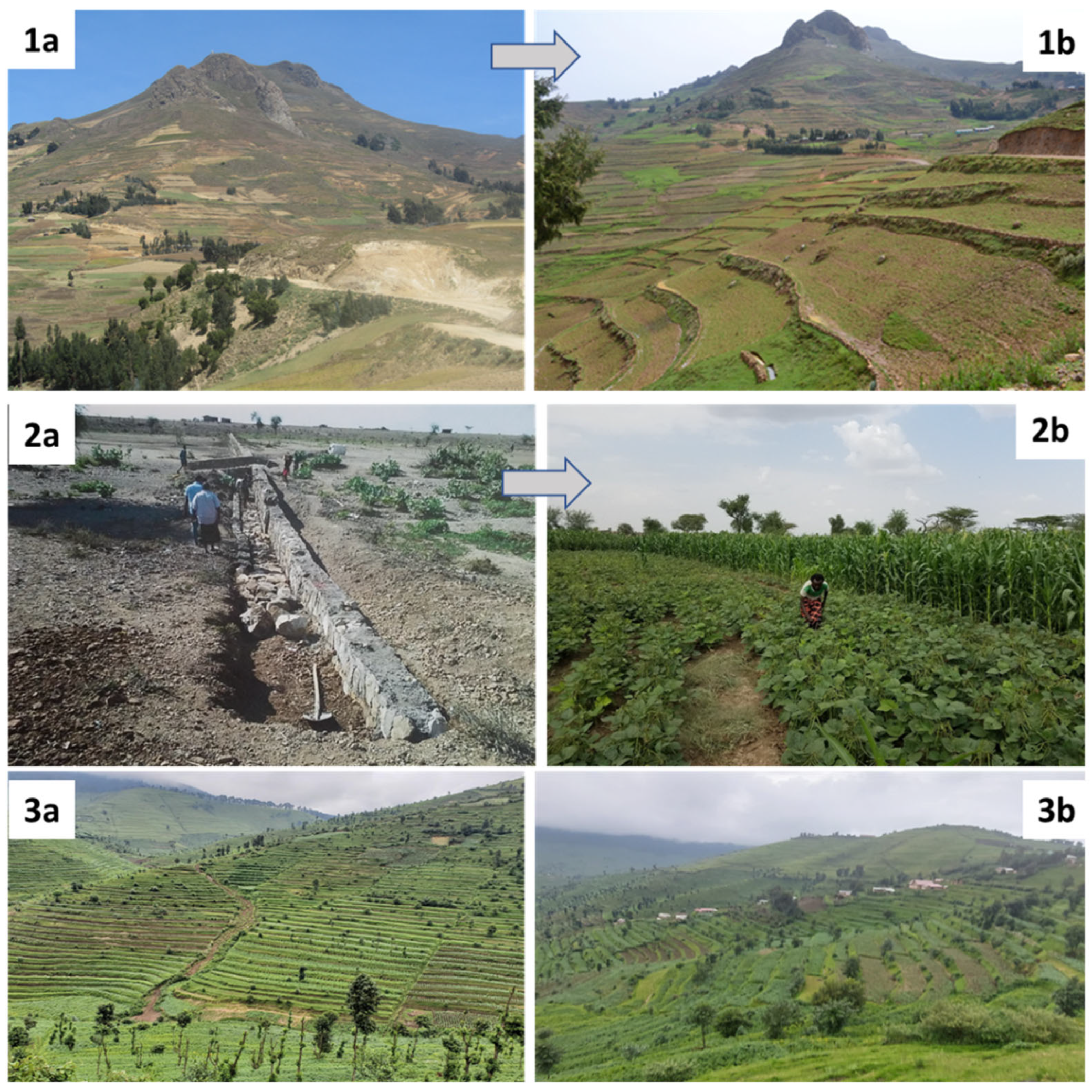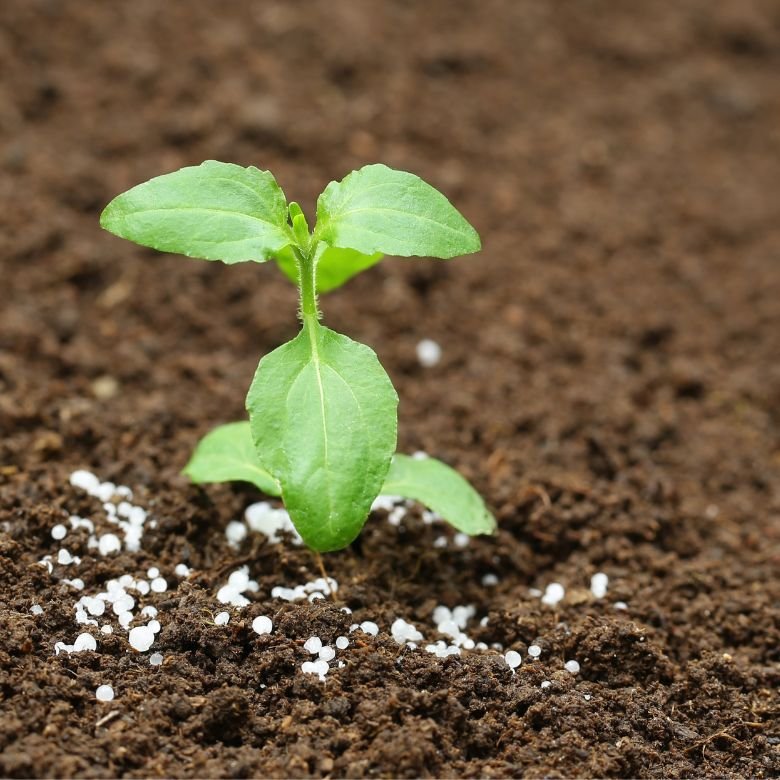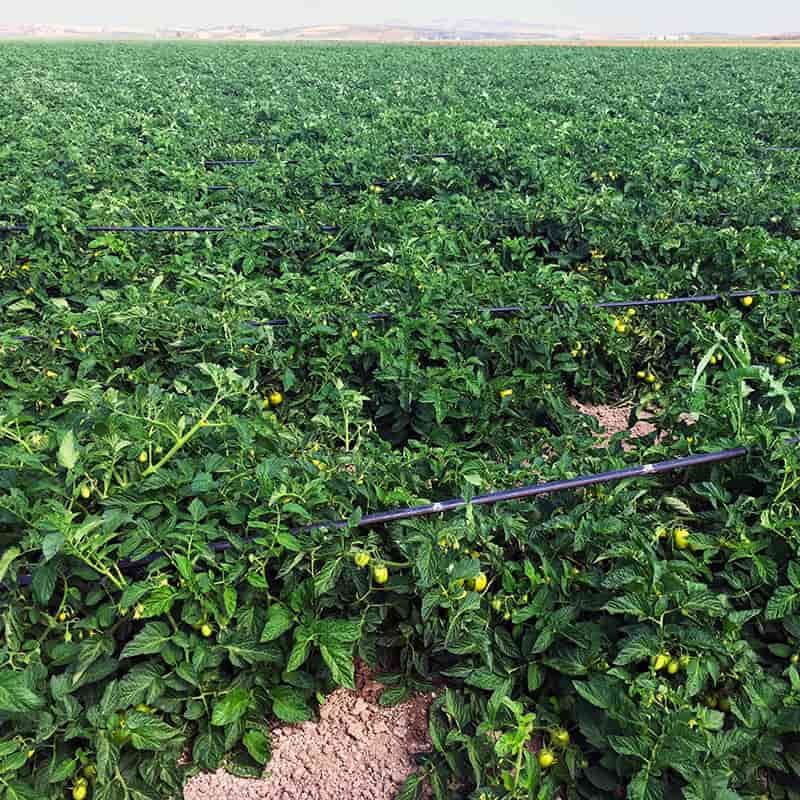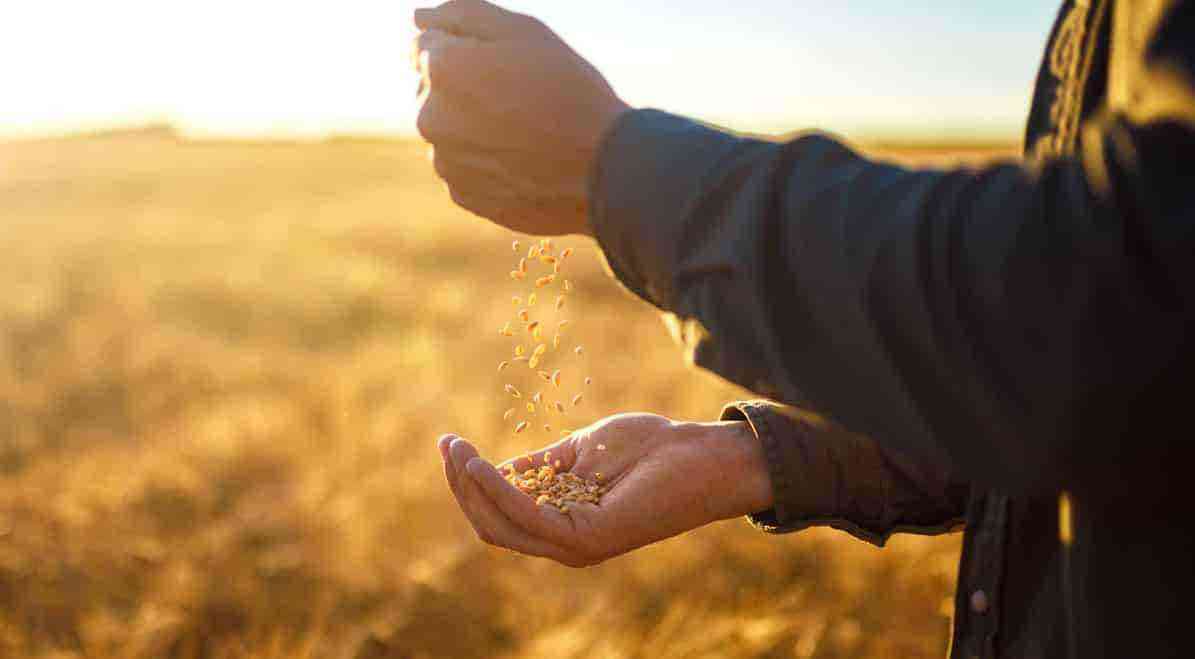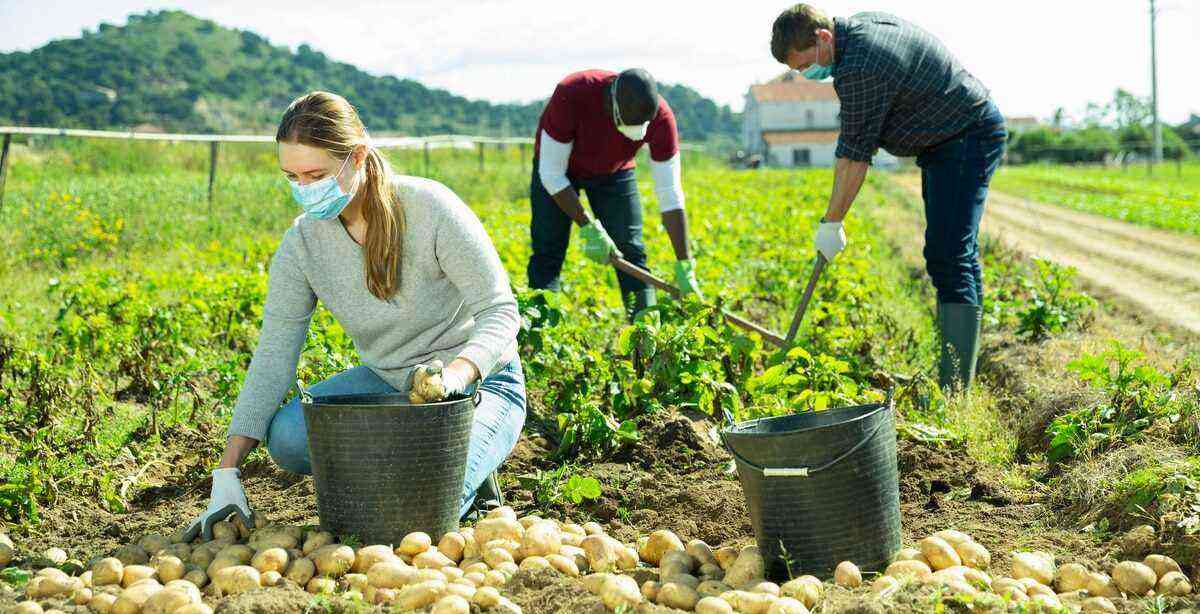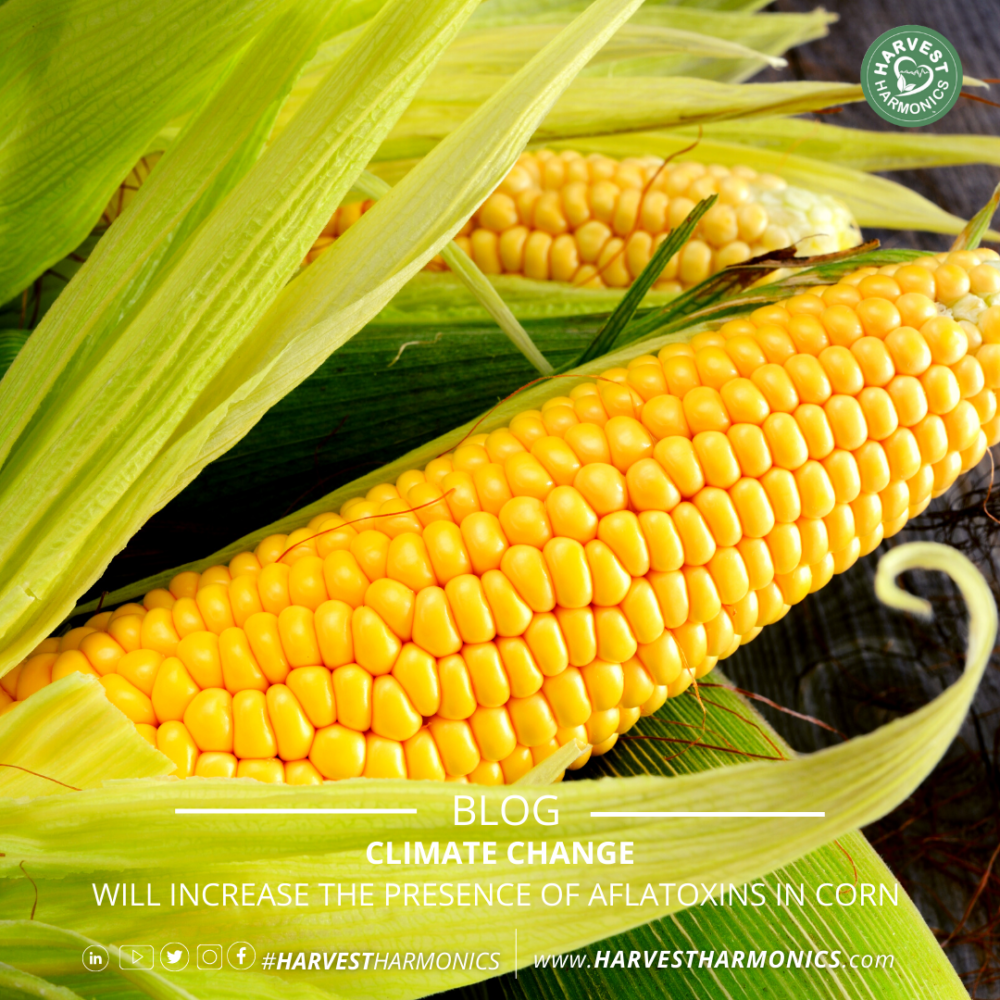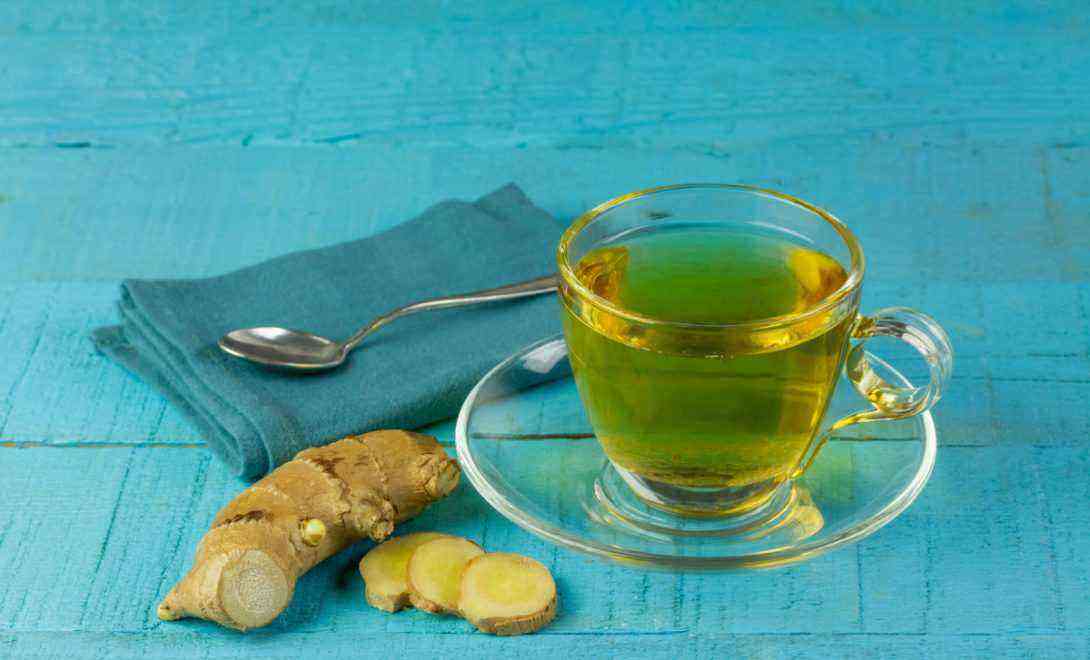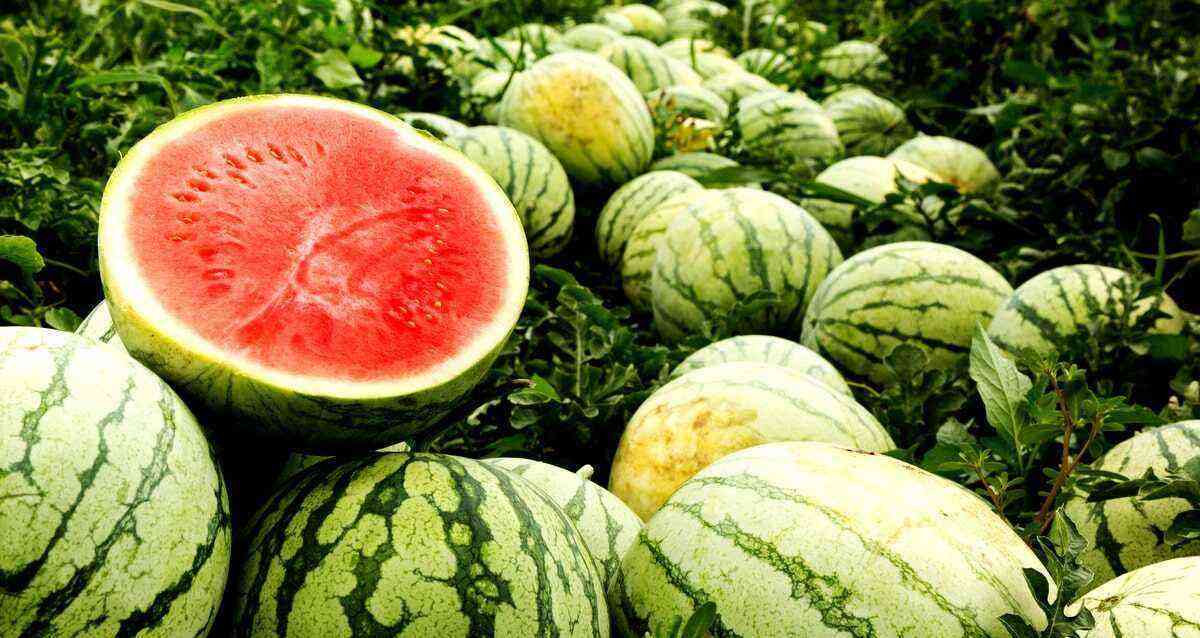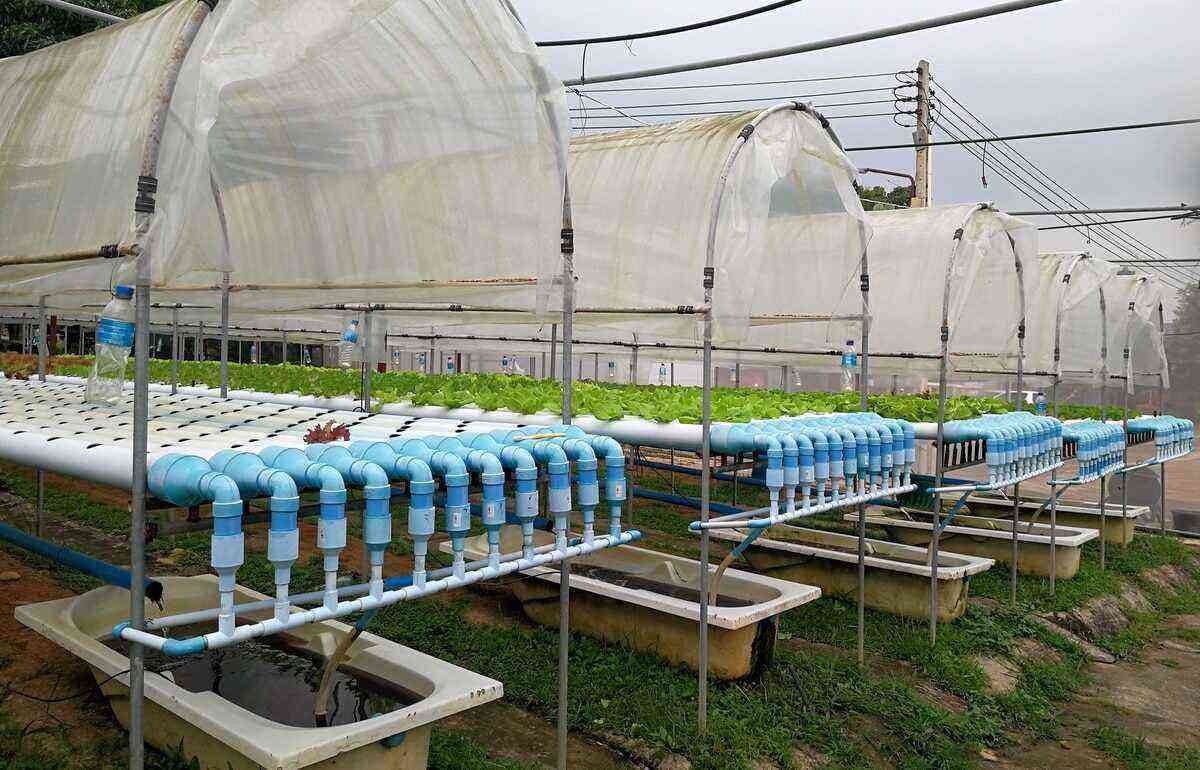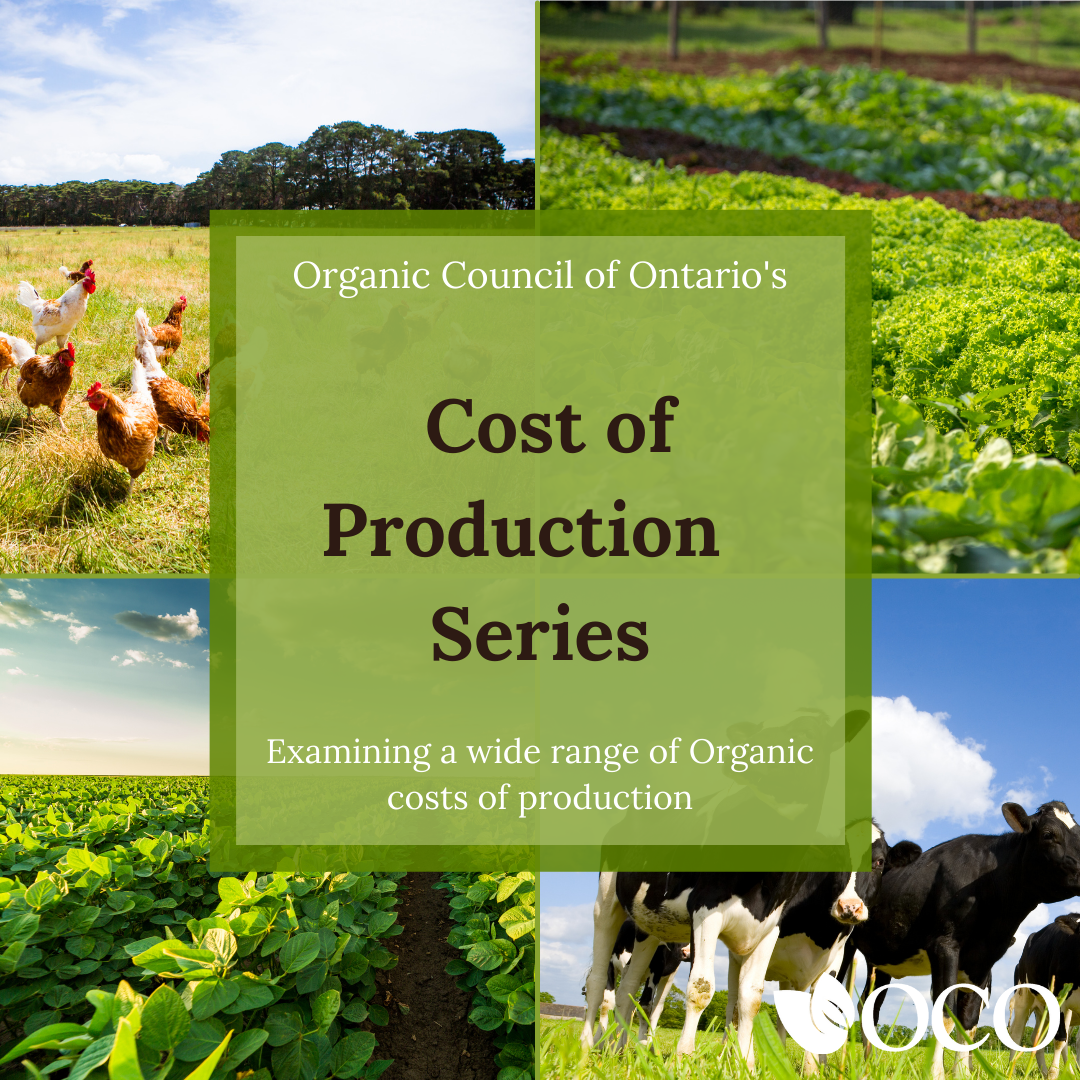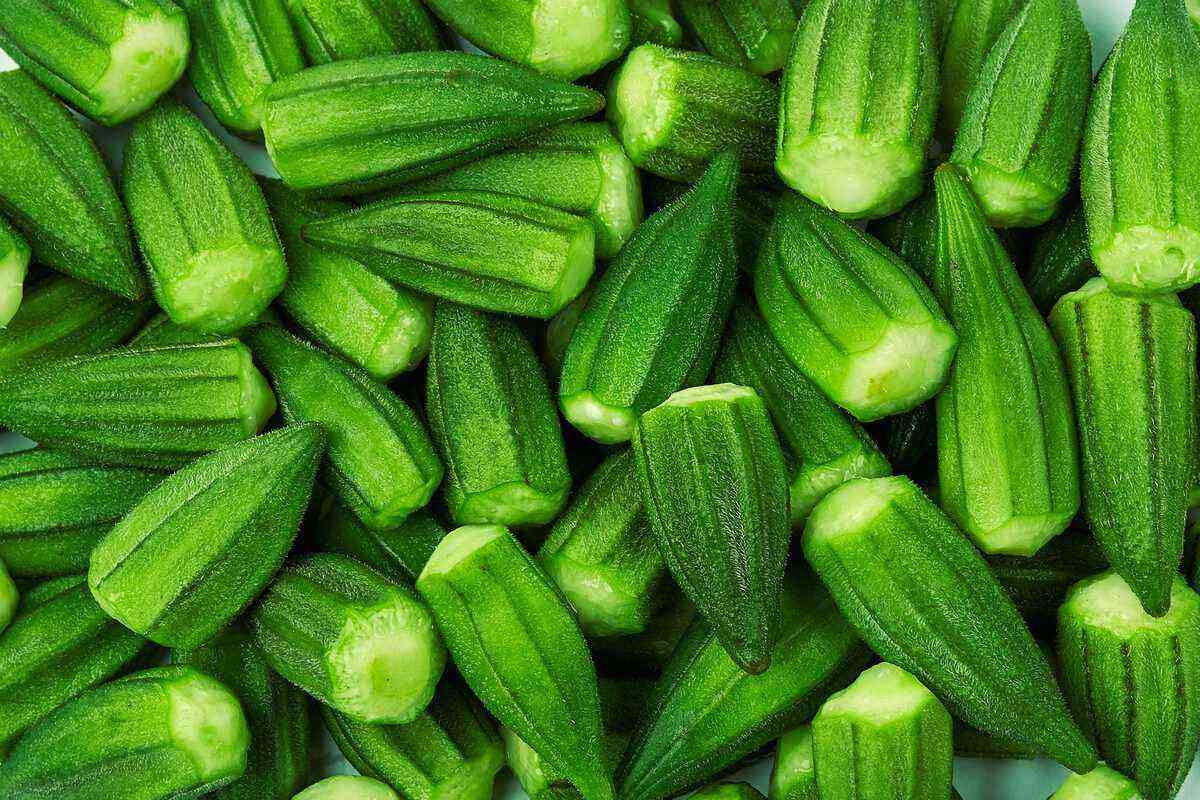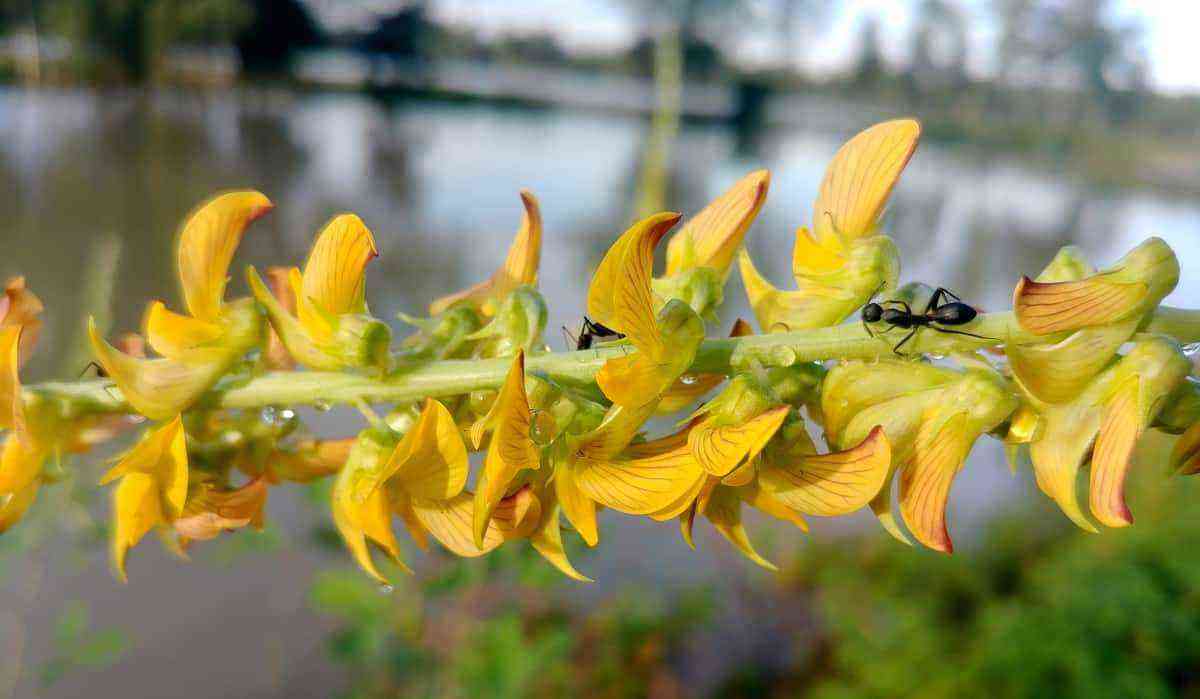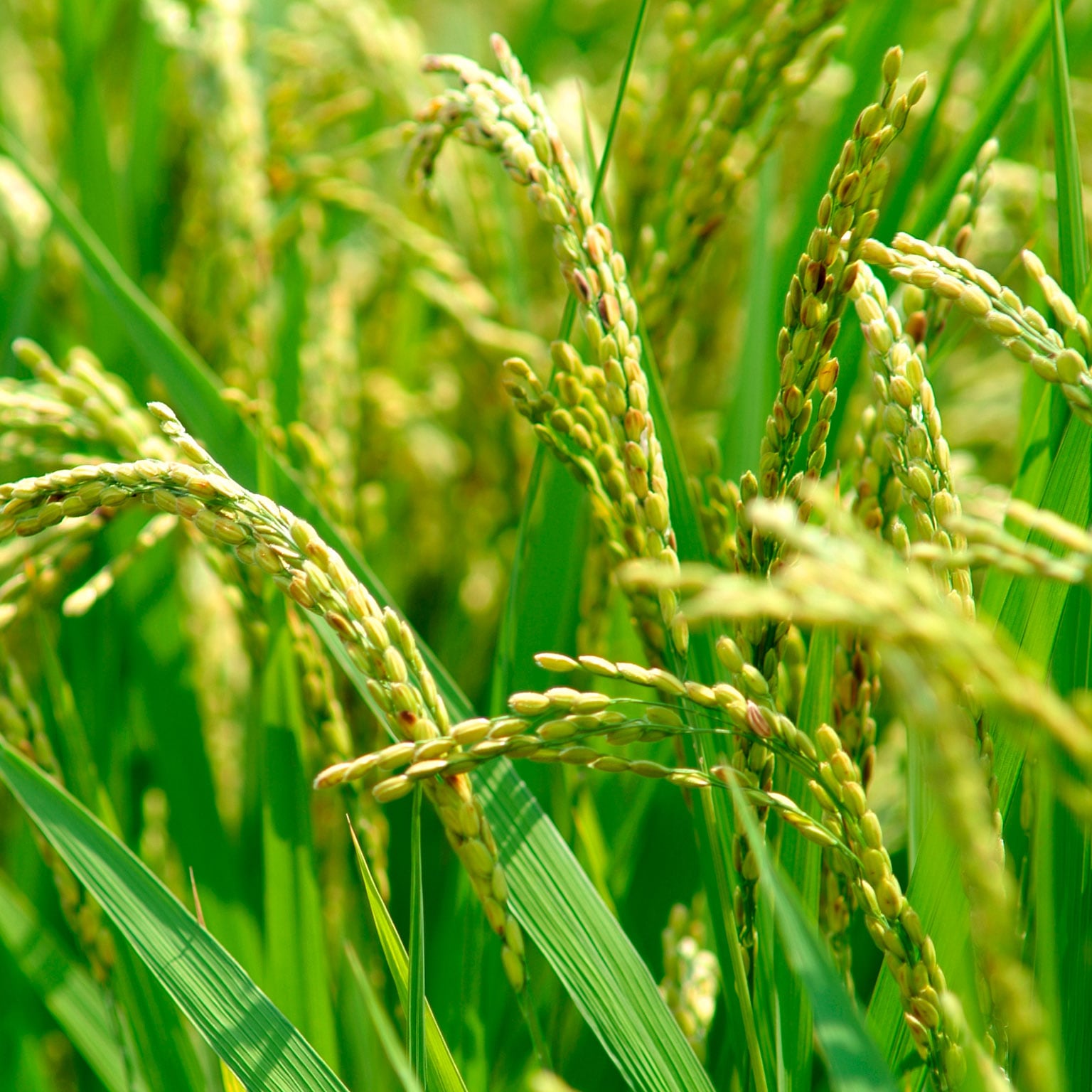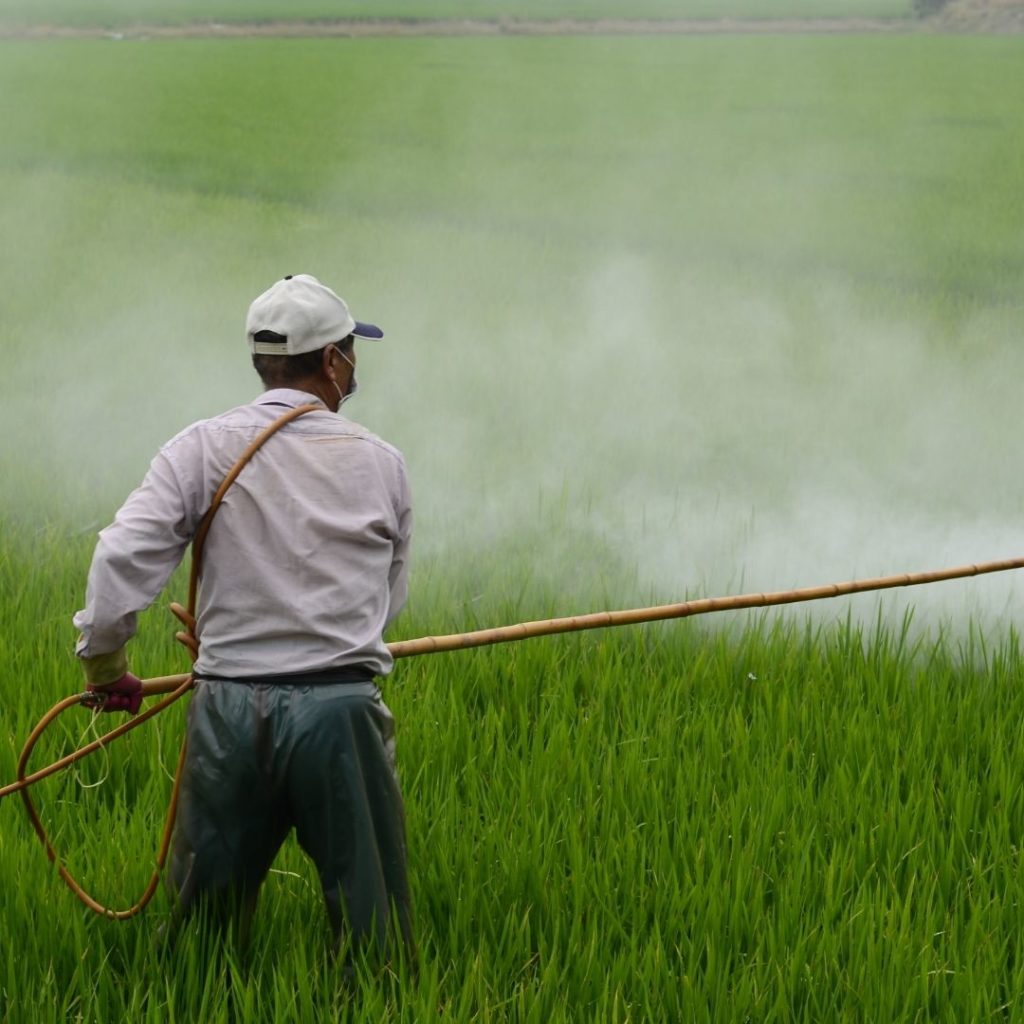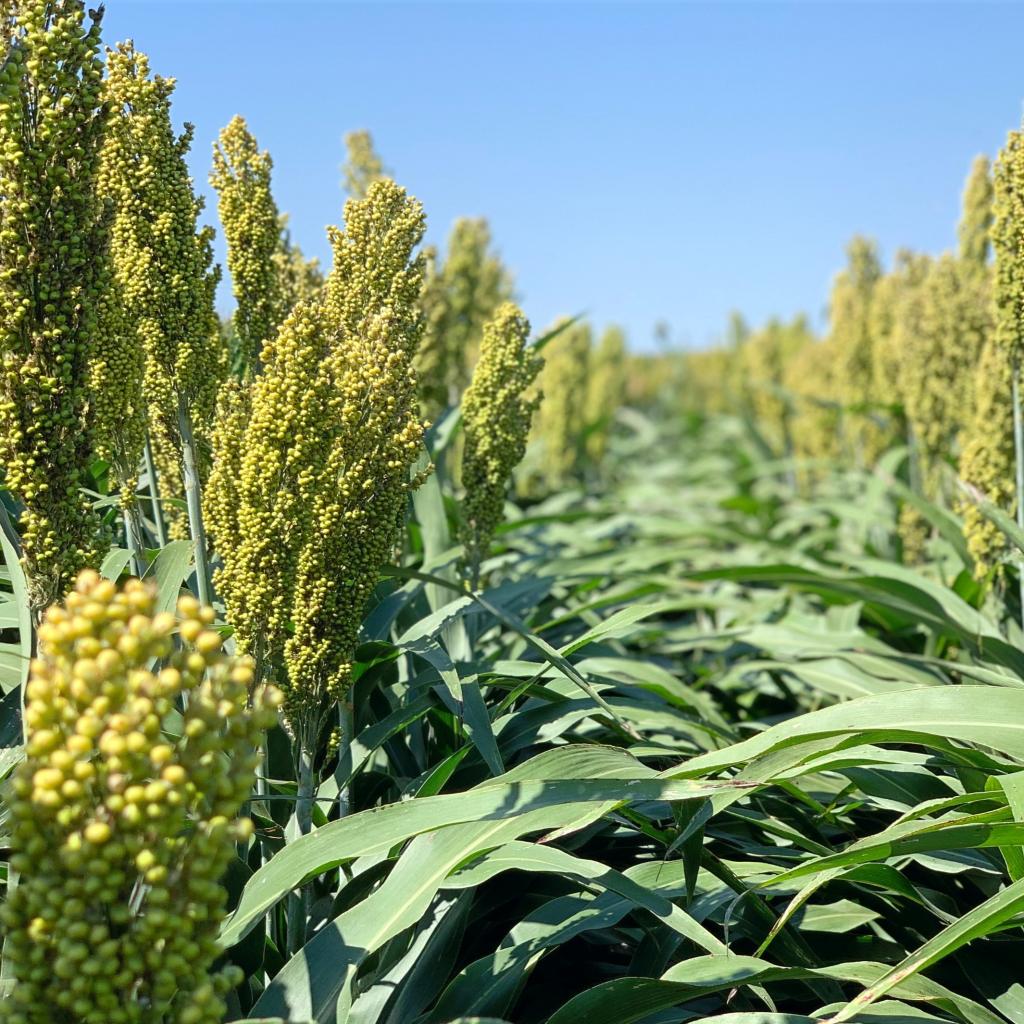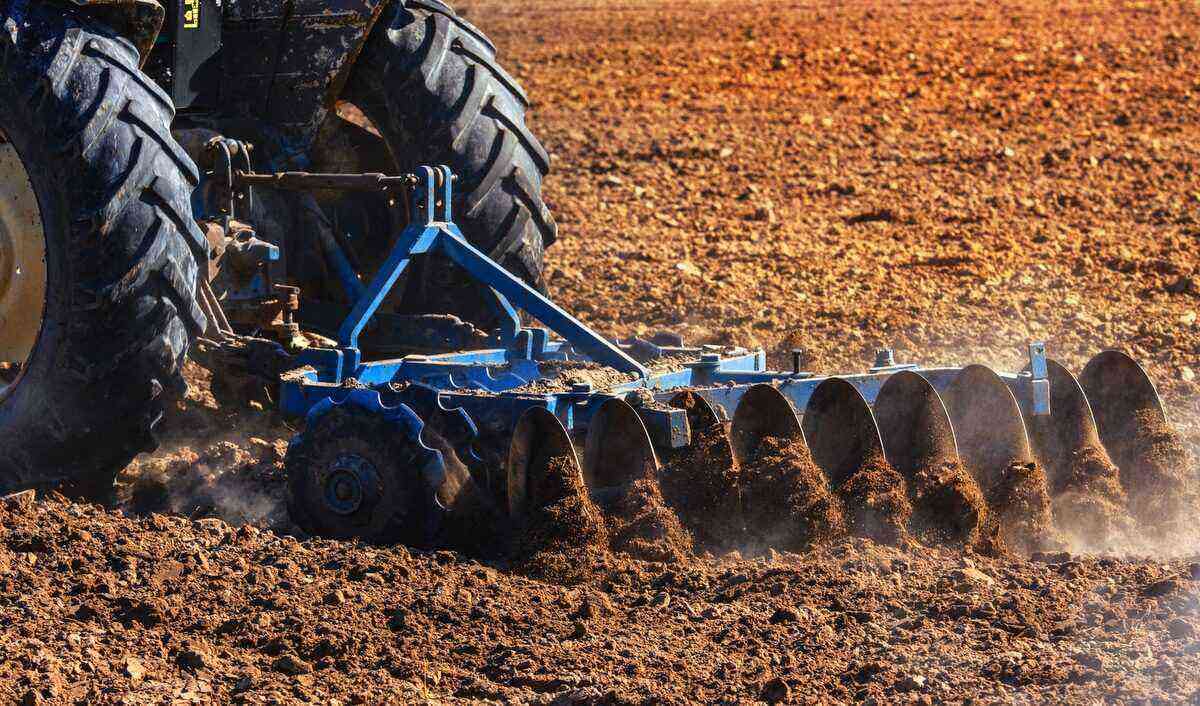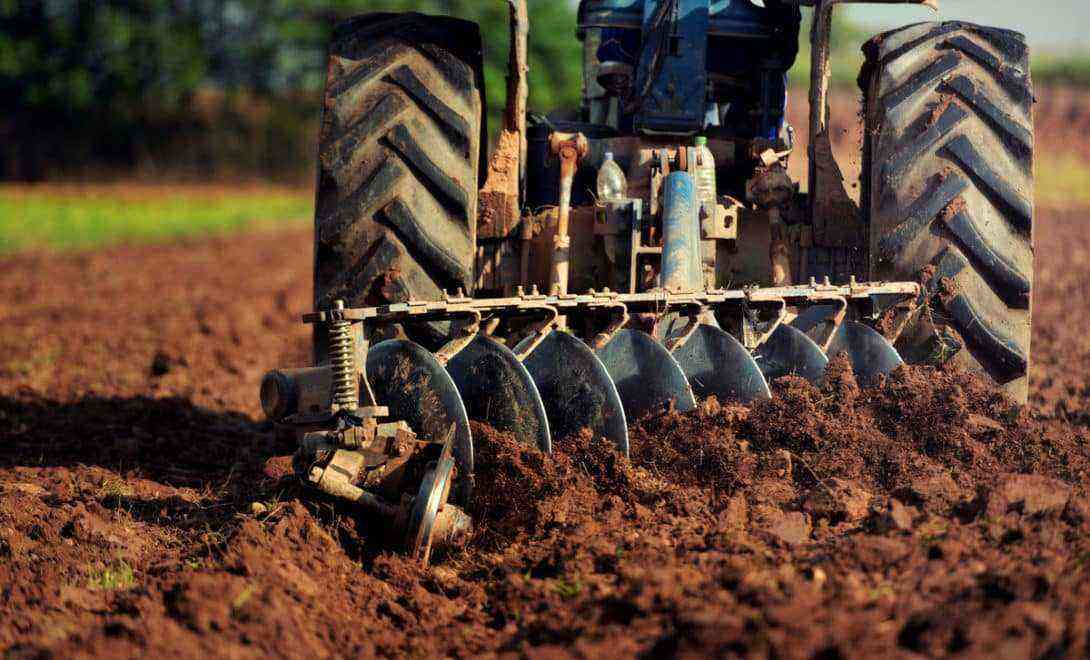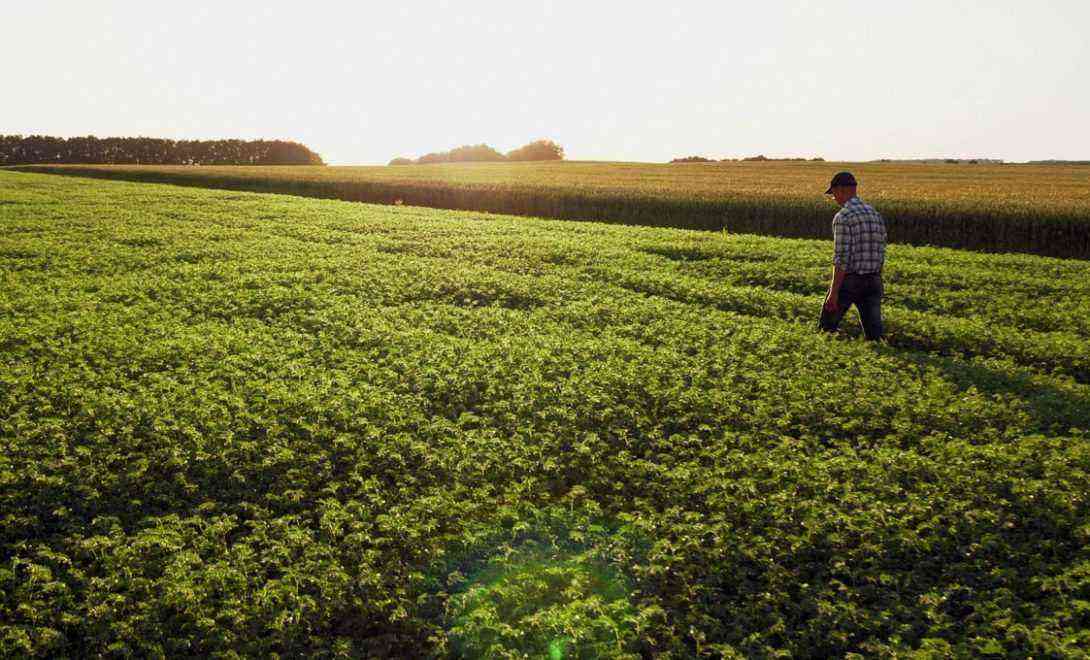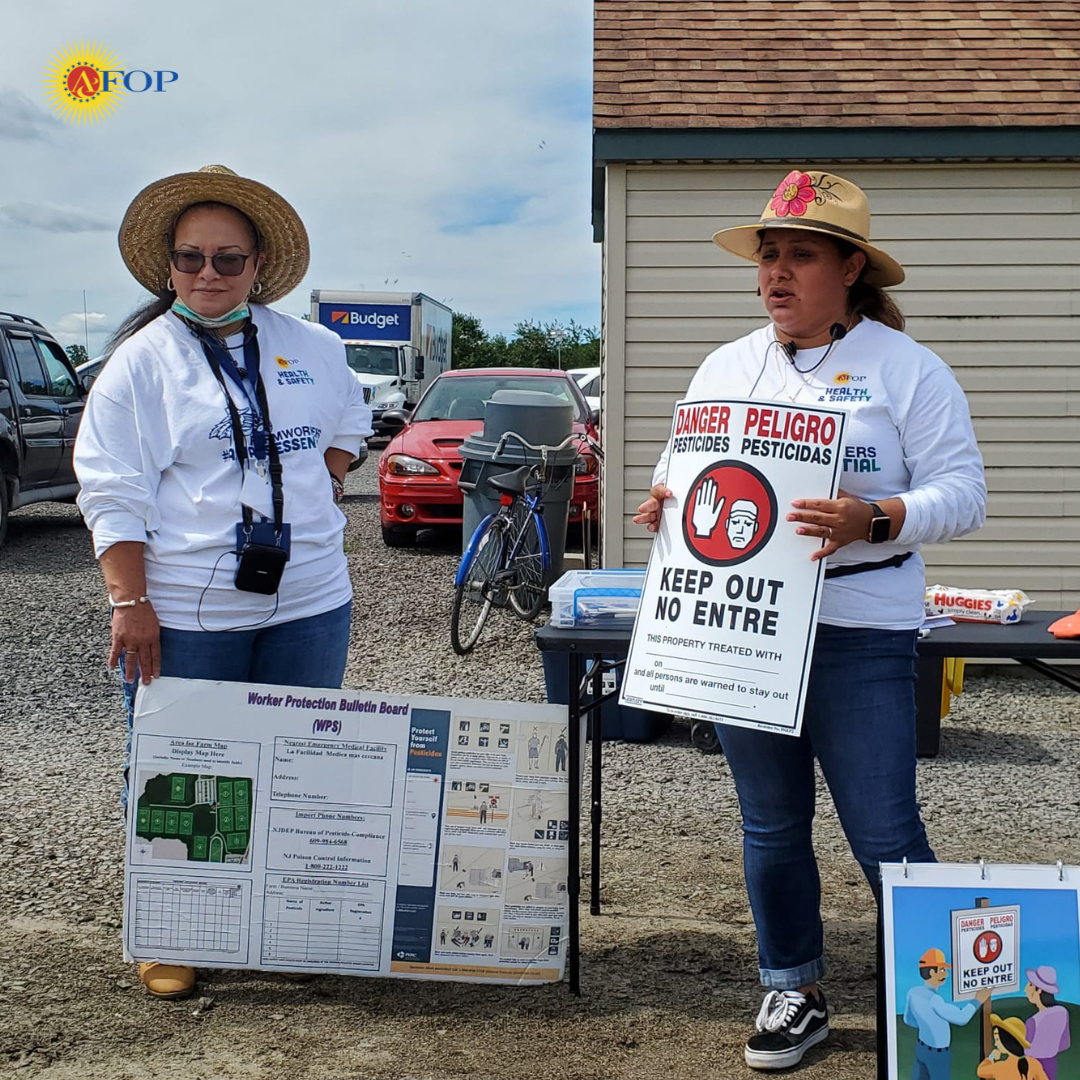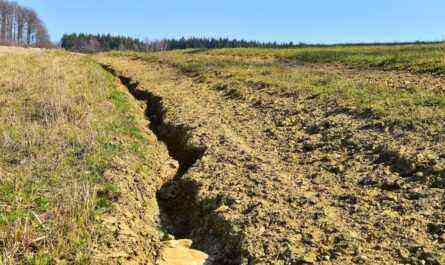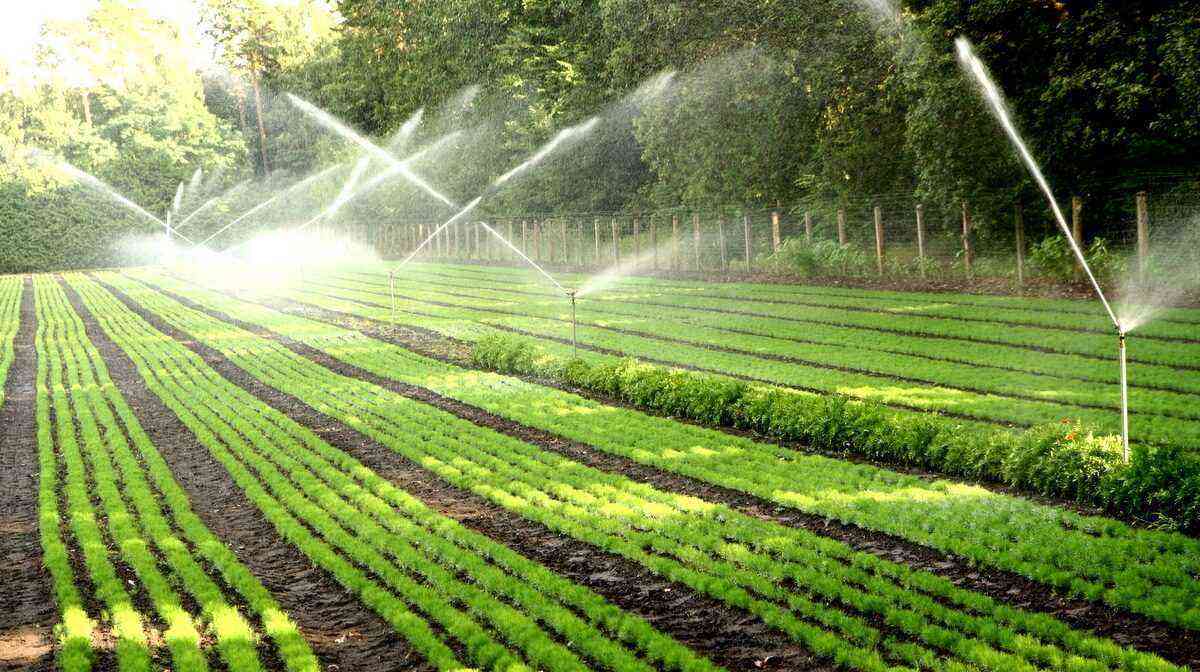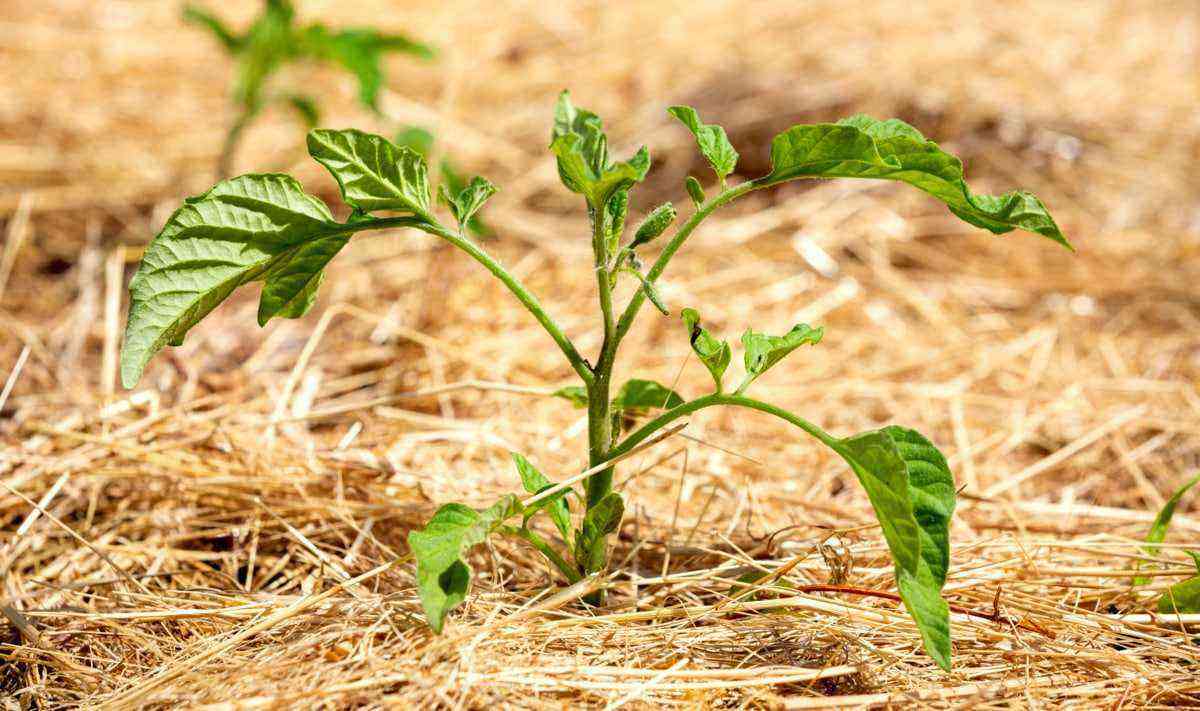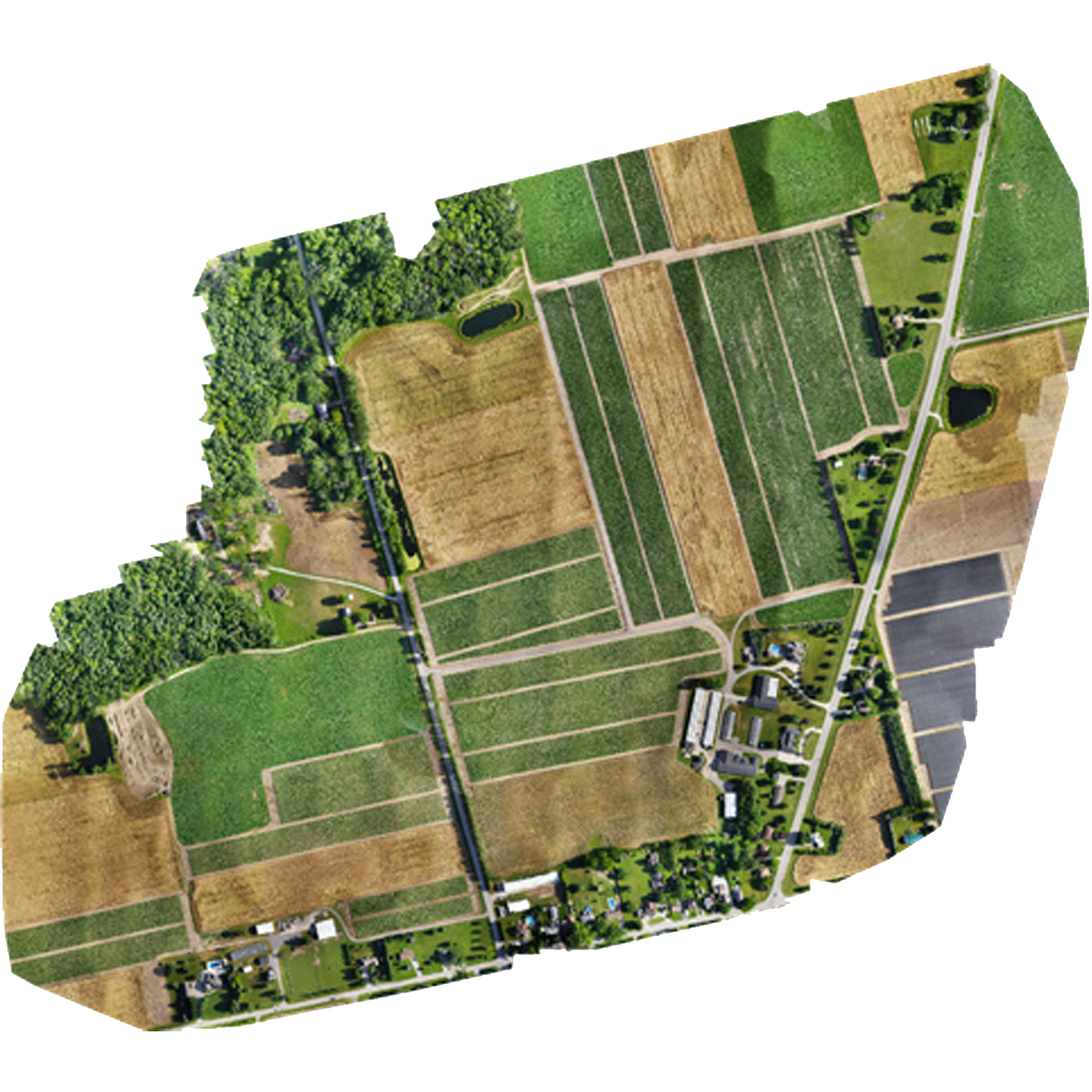Among the leaves with potential use in human food, one of the ones that have conquered people the most is the Pereskia aculeata, popularly known as Ora-pro-nóbis, lemon creeper and bearded currant.
It is a semi-woody and shrubby vine that, in Brazil, occurs from Bahia to Rio Grande do Sul and in the Northwest region of the state of Paraná, found in the form of a vine in secondary forests.
Its properties are already well known, especially by people who live in rural areas, and grow it in their backyard as medicine and food. It was from this popular knowledge that the Ora-pro-nóbis started to reach the big cities.
It is possible to grow it at home, as it takes well in any type of soil, does not require specific care, and spreads easily. It has thorns and can be used in hedges, growing well in both shade and sun.
A ora-pro-nobis It is propagated through cuttings planted in fertile soil enriched with organic matter and, after rooting, they are transplanted to the definitive location. In rainy seasons, it can be planted directly in a permanent location.
Its development, when done by cuttings, is slow in the first few months, but after the roots are formed, growth is quite accelerated.
BENEFITS
There are many benefits of ora-pro-nóbis
A ora-pro-nobis is one of the wonders of food medicine, containing a wide range of compounds increasingly recognized as essential for human health.
It has high levels and significant amounts of fiber, vitamins A, B, C, iron, magnesium, manganese, potassium, calcium and copper. In addition, powerful antioxidant compounds (carotenoids) complete this arsenal of phytonutrients and beneficial organic compounds.
The researchers see evidence that eating the vegetable lowers blood pressure and cholesterol levels, as well as makes the blood less likely to form clots. Ora-pro-nóbis has a depurative effect, that is, it has the effect of “cleansing the body”.
Some of the health benefits of ora-pro-nóbis include its ability to help you lose weight (plant promotes satiety), boost heart health, aid in children’s development, treat certain gastrointestinal diseases, prevent certain types of cancer. , protect the skin, increase vision, strengthen the immune system, build strong bones and increase circulation.
Its leaves are used as an emollient and consumed as a food source, with no toxicity index.
The ora-pro-nobis flower in purple or pink (Pereskia grandifolia) has a bitter taste and high saponin content, which is toxic, so they should be consumed preferably cooked with tranquility.
the leaves of Pereskia aculeata have important nutritional qualities, such as high carbohydrate, lysine, calcium, phosphorus, magnesium, iron, copper and, mainly, high protein content, which is above what is necessary for human consumption recommended by the Food and Agriculture Organization (FAO).
Although little scientifically studied, it is known that it is rich in essential proteins, which makes it very useful in the fight against malnutrition in human beings. In this way, it highlights the possibility of its use as a source of foliar protein in human food.
The protein value of a food is determined by its composition in essential amino acids, and the biological use of amino acids (bioavailability) also depends on the digestibility of the protein.
Thus, the amino acid profile provides a good indication of the quality of food proteins, and its functions are to participate in the construction and maintenance of tissues, formation of enzymes, hormones and antibodies, energy supply and regulation of metabolic processes. In addition to nitrogen, amino acids provide the body with sulfur compounds.
the leaves of Pereskia aculeata it has already been widely used by the Pastoral da Criança in the production of the multi mixture, used in the preventive and curative treatment of child malnutrition in needy communities.
They can be consumed as stews and soups, in the form of flour preparing pies, pasta, cookies, breads and cakes with a high protein content.
If you want more information about the health benefits of ora-pro-nobis, watch the video below:
Source: Agricultural Valley
If you want to buy seedlings or branches of ora-pro-nóbis, check our page.



